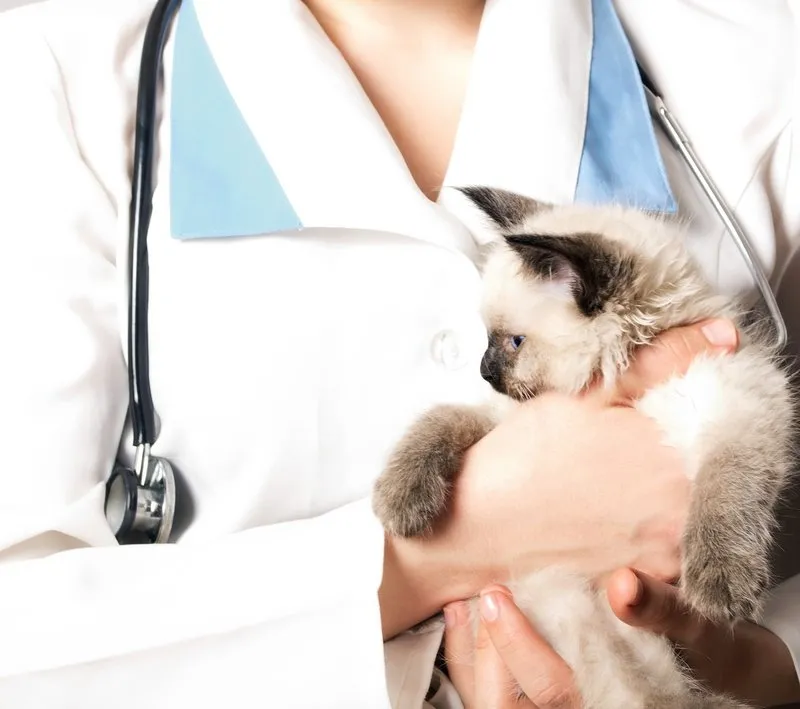The holiday season is in full swing … so are many people’s travel plans. According to data from IPX1031, approximately 62 percent of Americans are planning to travel this month. Of course, many of our furry and feathered companions will also be joining their human counterparts on these journeys. Around 78% of pet owners in America travel with their beloved pets each year. Some animals may thoroughly enjoy the excitement of going on adventures, while others would probably rather stay home. A Markham, ON veterinarian offers some advice on traveling with pets in this article.
Is It A Good Idea To Travel With My Pet?
Always prioritize your pet’s safety and well-being. You’ll need to consider your furry friend’s size, health, and temperament when making travel arrangements.
Age is another thing to think about. Pets that are under 8 weeks old should not travel long distances, and are too young to stay home by themselves. A kennel or pet sitter may be the best option here. Ask your vet for specific advice. Senior pets may also be comfier and safer in a kennel or with a sitter, as will pets with medical issues.
You’ll also want to consider your pet’s comfort. Animals from hot climates may struggle with colder areas, while a snow dog might not appreciate tropical heat and sunshine of that Florida beach you’ve been dreaming of.
Have Your Pet’s Medical Records Ready
Depending on where you are going, you may need to provide proof that your pet has been vaccinated against common diseases and parasites. Keeping a copy of those records with you is a good idea. You can email digital copies to yourself if you don’t want to carry physical copies. You can also upload them to the cloud, so you can access them from wherever you are. We recommend you also include documents detailing your pet’s medical history, especially any issues they may have. We also recommend saving a list of veterinarians, including an emergency clinic, in case of an emergency.
Proper Identification Is A Must
Making sure that your pet is equipped with proper identification tags is very important. Make sure your contact information is accurate in the chipmaker’s database. Alternatively, you might want to explore a more advanced option, like GPS tags, which can precisely locate your pet. However, do plenty of research before purchasing: these devices may differ greatly in terms of technology and subscription services. Some operate through cell towers, while others utilize satellite technology. Plus, there are varying models and subscription tiers available. Ask your veterinarian for advice on these.
Driving With Your Pet
It’s usually better for Fluffy and Fido to travel by car when on vacation, simply because it is more comfortable and familiar for them. You can also control where and when you stop, and for how long. (Our canine pals are also open to exploring new parks and trails. Download some apps to find new places you and your furry friend can visit together.)
When traveling by car, the most important thing to remember is to always keep your pet crated. Fido may like to stick his snoot out the window, but it’s actually quite dangerous. It is possible for your dog to get stones, rocks, dust, insects, and even cigarette butts in his eyes or face. He is also vulnerable to injuries if you have an accident, or even if you stop suddenly. Hopefully this goes without saying, but you should never ever leave your pet unattended in a car.
Pets sometimes get very nervous about traveling. Some even get car sick. If your pet feels stressed or uneasy when traveling, you may want to ask your Markham, ON veterinarian about medications. A calming product can make the trip much easier for your pet, while anti-nausea medication can help keep their digestive system running smoothly.
Flying With Pets: Do Or Don’t?
Today, more pets than ever are flying friendly skies. Keep in mind that plane rides are not only scary for pets, but can even be dangerous. Safety is the most important factor to consider.
If possible, consider traveling with your pet in the cabin. This may require buying another seat, but it’s well worth it. However, you need to check weight and size restrictions first.
In certain scenarios, your pet may not be permitted in the cabin with you. Talk to your veterinarian prior to having your pet travel in the cargo compartment. Although pets are transported in cargo holds on a daily basis, the experience is often not very comfortable. These spaces are typically unheated, posing a risk of overheating or extreme cold for your furry companion.
In addition, they will not have a place to relieve themselves, which will only contribute to their discomfort. The loud noise and vibrations can be frightening for many animals as well. Finally, there may also be concerns regarding air flow and quality. For pets with respiratory issues or those with short noses, it is definitely best to avoid cargo travel if possible.
You should book direct flights when flying with your pet. This not only minimizes the time your pet spends in the cargo hold, but also reduces the chances of your pet being sent to the wrong location. Make sure to let one of the flight attendants know that your pet is traveling with you.
Finally, we highly recommend reviewing the airline’s policies, regulations, and safety record for transporting pets before making any arrangements.
Travel Accommodations: Choosing A Crate
You should choose a carrier that is sturdy, and that will hold together: the last thing you want is for your carrier to fall apart during your trip. Be sure that you include some form of identification. Mailing labels and luggage tags are both good options here.
In case you need to take your pet out of the carrier during a security checkpoint, have a leash and collar with you.
Last but not least, make the crate comfy by adding toys and bedding. If your pet isn’t used to the crate yet, take time to work on this before your trip. Ask your Markham, ON veterinary clinic for specific advice.
Packing For Fido And Fluffy
You’ll need to put a doggy bag or a kitty bag together for your furry companion. Make sure your pet has food, toys, treats, wipes or towels, dishes, bedding, toys, a spare leash or tie line, and a pet first-aid kit in a bag. Dogs will need waste baggies, while kitties require a litterbox and litter. As far as food goes, check and see if your pet’s brand will be easily available at your destination. If not, consider ordering some of Fido and Fluffy’s food in advance and getting it shipped to yourself if you aren’t sure if it will be available where you are going.
Many pets enjoy traveling with their humans. Just make sure you use proper safety precautions and put your furry pal’s comfort and safety first.Seasons greetings from all of us here at Markham Vet Clinic. We’re here to help if you have any questions about your pet’s health or care. As your local Markham, ON animal clinic, we’re here to assist you.






!Social Media Icons